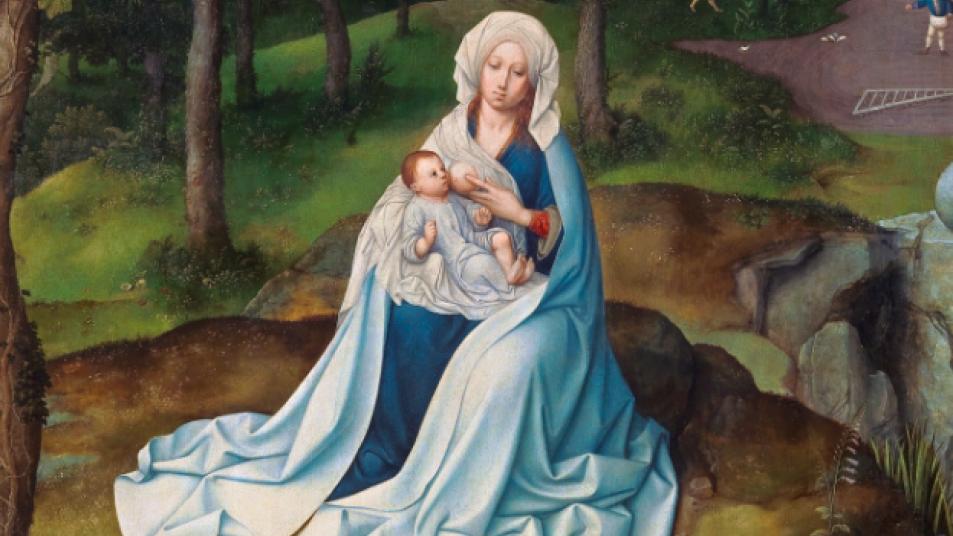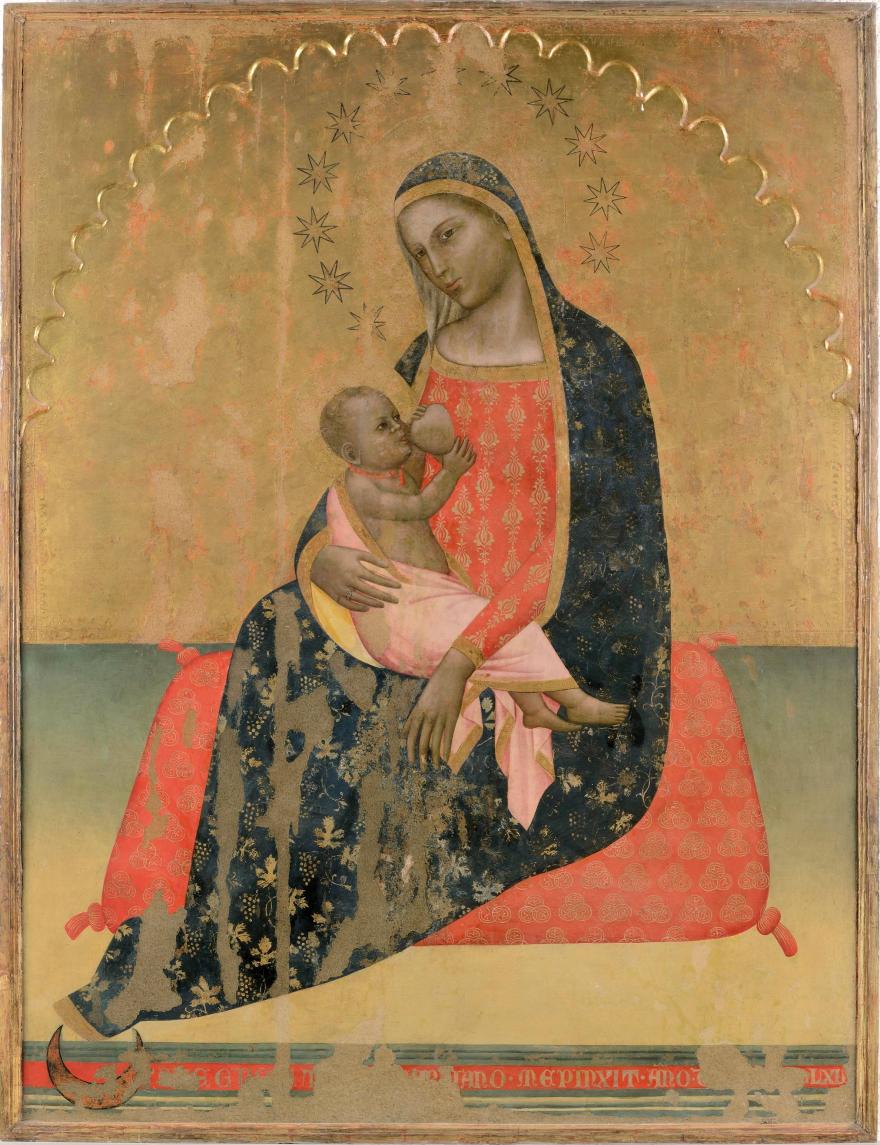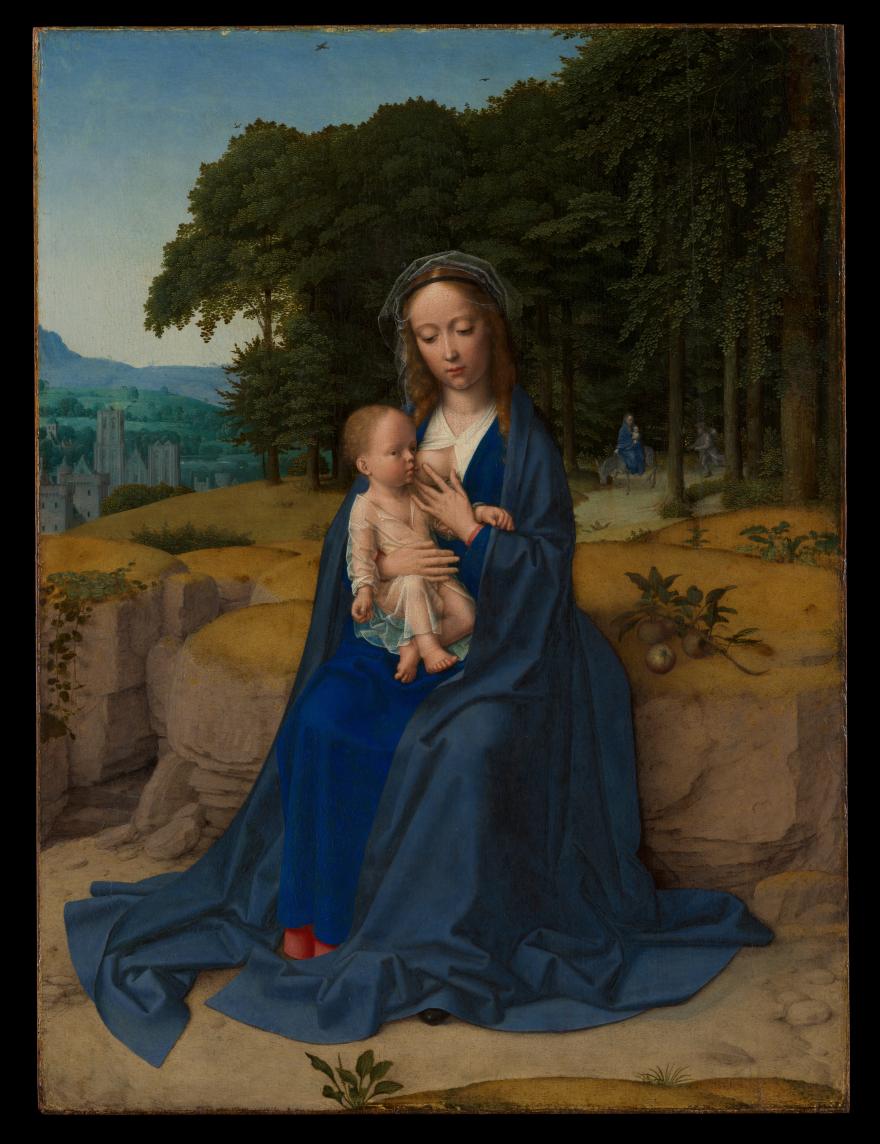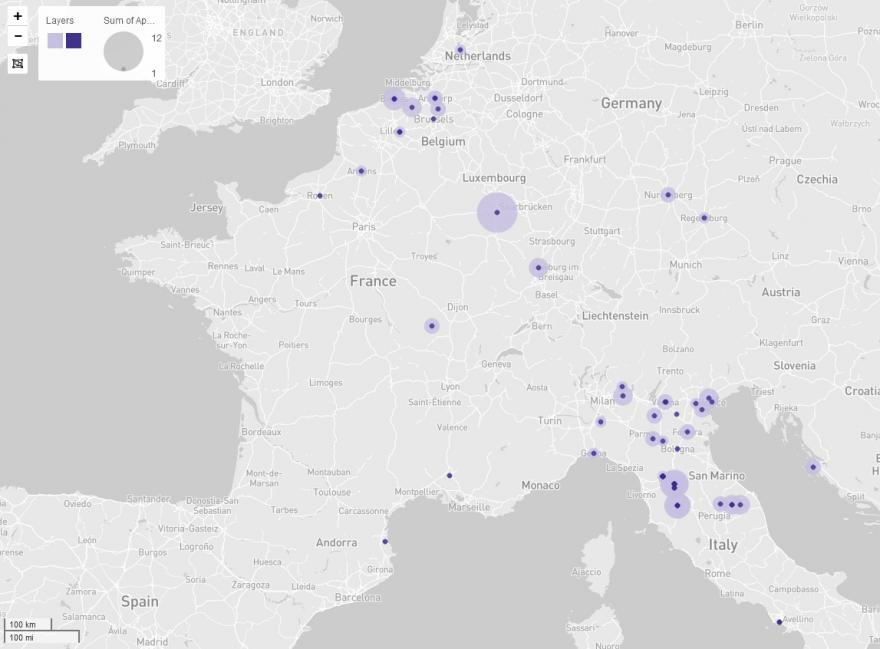
Image

The ENS-PSL Observatoire des Humanités numériques and the IMAGO center welcome Quentin Bernet, for a digital iconography project.
During his internship, Quentin Bernet will analyze, from a digital perspective, an iconographic innovation that spread throughout Europe in the second half of the 14th century.
While for centuries the Virgin and Child was represented as Madonna in Majesty, a very intimate version appeared around 1340 in Tuscany and Provence: a humble Virgin, sitting on a cushion, a parapet and sometimes on the ground.
Image

Very quickly, the iconography of the Madonna of humility spread to the four corners of Europe and marked, in depth, the devotional painting.
Image

Quentin Bernet will study this phenomenon through the prism of digital humanities.
Image

Far from being anecdotal, the diffusion of this iconographic motif testifies to the great vitality of exchanges in Europe and shows the channels of diffusion between the different urban centers.
Project leader:
Quentin Bernet holds a Master's degree in Art History from the University of Paris 1 Panthéon Sorbonne and is a student in the Master's program Digital Humanities at the Ecole du Louvre. He is interested in the development and circulation of Catholic mystical iconography in Europe in the 14th and 15th centuries
Image

His internship is part of the ENS-PSL Observatoire des Humanités numériques and the IMAGO center, which aims to study European cultures through images.




Be the first to review this item, please login or register.
Sign-inRegister